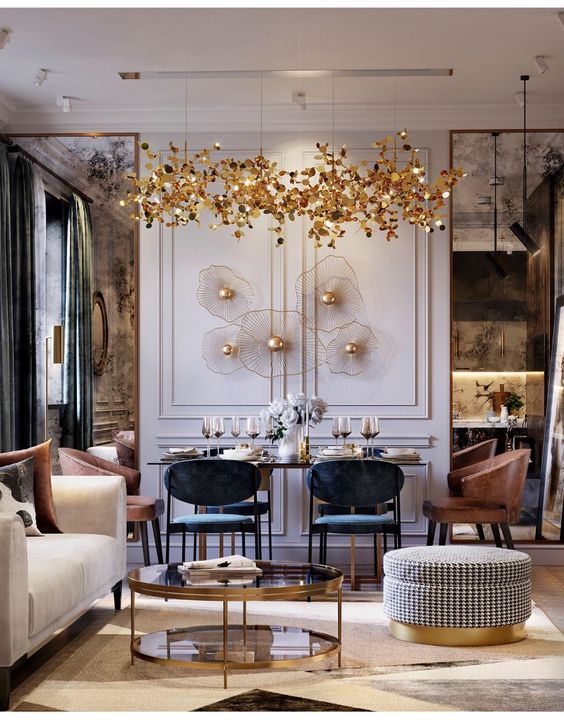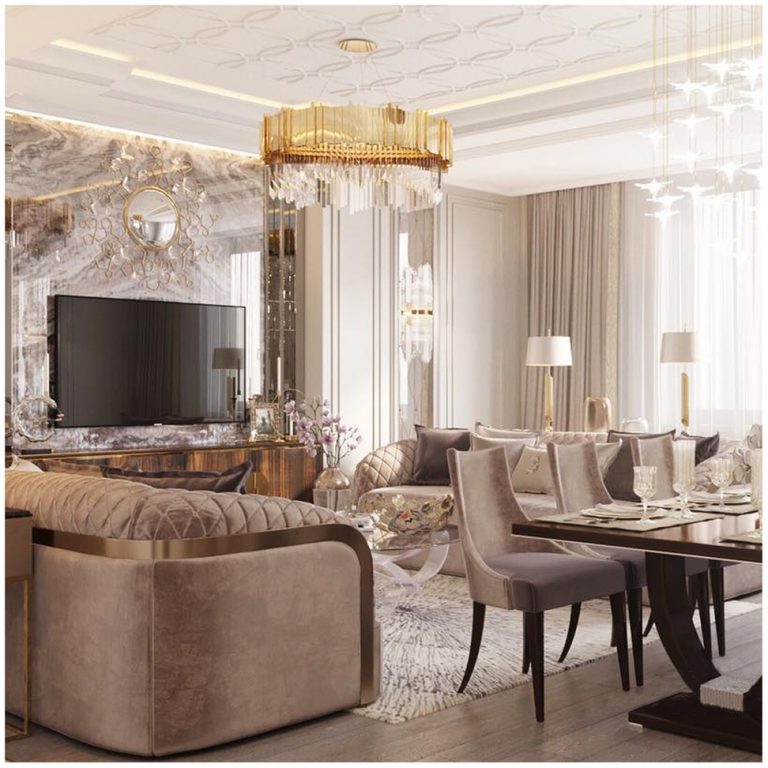



What is classic in interior design?
Classic style includes well-made furniture with detailing such as inlay and carved or turned legs, as well as pieces with ornate detailing, sometimes with a floral or fauna influence. Fabrics that have texture and subtle patterns, and stripes mixed with block colours, are popular choices.

The classic interior design style has a charming and timeless appeal. Classic-style environments embody a timeless beauty that goes beyond any era or fashion: this is perhaps the main reason for its unquestionable success.

In a world that runs faster and faster chasing trends that often last just one season, classic-style furniture represents a safe haven. and this is regardless of the many connotations the style may take (neoclassical, empire style, baroque, art deco, and more).



What is modern classic in interior design?
Modern Classic has the combination of furniture from the Modern and the Classic styles, mixed with a minimalist style. Colour plays the core role in this style: greys, silvers, whites, light green and blue shades are paramount to have a Modern Classic designed home.
Modern classic interior style can be defined as a fusion between past and present in which the typical elements of both are enhanced thanks to a skilful balance of shapes, colors and lines. This fusion gives life to environments that simultaneously express luxury, elegance, refinement, comfort and functionality.

Compared to pure classic interior, the classic-modern style is more focused on space optimization and functionality, which are two key elements of contemporary furnishing trends.
Basically, this style does not renounce elegance, but creates it according to different canons and aesthetic principles. In the modern classic style each element is "measured" and is designed to be both beautiful and functional. The sophisticated and ethereal atmosphere typical of classic environments is created not through opulence and decorative richness but through simplicity, geometry, symmetry, proportion and clean lines.
In this sense, modern classic interior style has points in common with the Neoclassical style, in which rational forms prevail over the rounded ones of the Baroque era and where the decorative elements, although present and although luxurious, are more discreet and integrate in a spontaneous to an overall more orderly and austere style.

Compared to the neoclassical furnishing style, however, the modern classic style has more contamination with the contemporary world.
One only has to look at the color palette to understand the differences in effects between the two styles. In modern classic-style rooms, bold color accents often find their place alongside a light, bright color base, used especially for sofas, curtains, rugs, and pillows. Such color notes add a touch of luxury and opulence to the overall look. Therefore, it is not uncommon to find colors such as burgundy, navy blue or forest green in living rooms furnished in the modern classic-style.
The connection with the classical world is in the materials, which are always fine and sophisticated, the beautifully crafted furniture, the fine fabrics, and the presence of elegant details that break from contemporary minimalism to approach the luxury of classic-style interiors. It is no coincidence that gilded accents are the ever-present shade in these rooms, used especially for the finishes of accessories, chandeliers and frames for mirrors, cabinets, tables and furniture.



(3).jpg)
.jpg)


